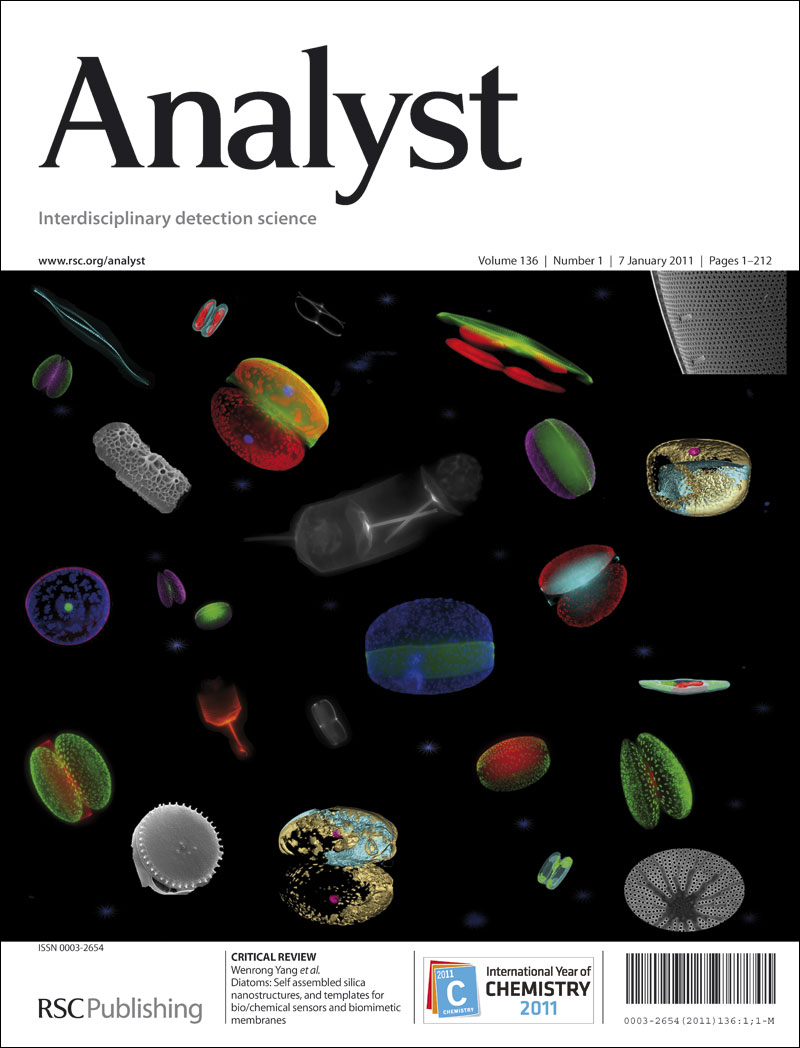Paper-based visual colorimetric platform for rapid detection of arsenic in the environments
IF 3.6
3区 化学
Q2 CHEMISTRY, ANALYTICAL
引用次数: 0
Abstract
Arsenic is a highly toxic heavy metal that poses significant environmental and health risks. Major sources of arsenic pollution include wastewater and waste discharges from industrial and mining activities, as well as arsenic-containing pesticides and herbicides used in agriculture. This study employed the arsenic spot method, utilizing test strips prepared with mercury bromide as a reactive sensor, to conduct semi-quantitative detection of inorganic arsenic in water, soil, and oil field chemicals used in oil extraction processes. Detection was performed through colorimetric analysis. Experimental results revealed the following detection limits for the test strip: 0.05 mg/L for water samples, 0.25 mg/L for soil samples, and 0.05 mg/L for water-soluble oil field chemicals. The detection results aligned with those obtained via inductively coupled plasma mass spectrometry, confirming the reliability of the method. Consequently, the arsenic spot colorimetry technique is a rapid and effective tool for the semi-quantitative determination of inorganic arsenic in various samples, significantly reducing analysis time.求助全文
约1分钟内获得全文
求助全文
来源期刊

Analyst
化学-分析化学
CiteScore
7.80
自引率
4.80%
发文量
636
审稿时长
1.9 months
期刊介绍:
"Analyst" journal is the home of premier fundamental discoveries, inventions and applications in the analytical and bioanalytical sciences.
 求助内容:
求助内容: 应助结果提醒方式:
应助结果提醒方式:


